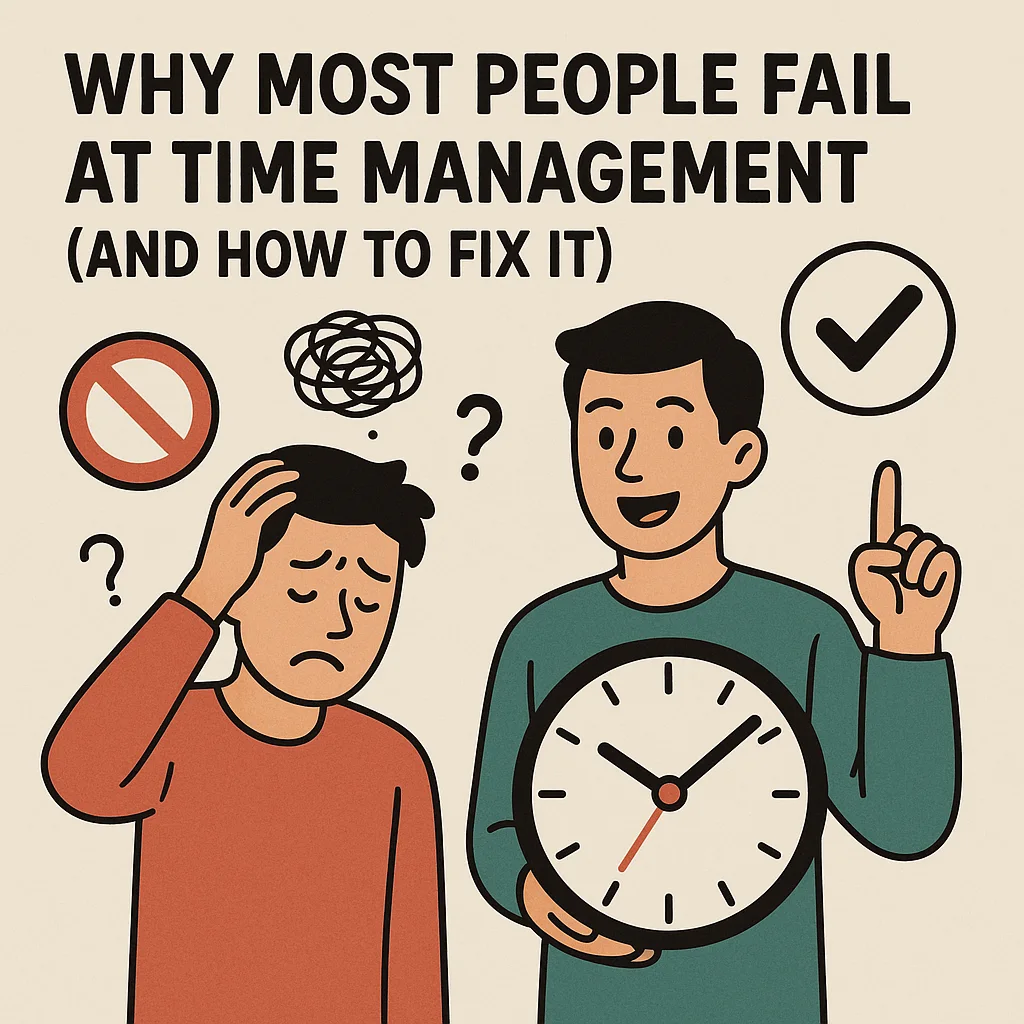As of 2024, email marketing remains one of the most effective ways for companies to engage with their target market. Email's capacity to provide recipients with direct, highly tailored contact is what distinguishes it from other marketing platforms. However, email marketing has changed from being a straightforward promotional tool to a crucial part of improving the customer experience (CX) in a time when consumer expectations are higher than ever. Email is essential to meeting the personalized, interesting, and relevant connections that today's consumers expect from brands.
This blog examines how companies can utilize email to enhance customer experience (CX) in 2024, the technology influencing this development, and tactics to make sure your email marketing stay impactful and customer-focused.
The Importance of Customer Experience in Modern Marketing
The whole of a customer's experiences with a company, from discovery to engagement after a purchase, is known as the customer experience. In addition to fostering customer loyalty, a positive CX turns happy consumers into brand ambassadors. Actually, research indicates that companies who put a high priority on customer experience (CX) are more likely to beat their rivals in terms of revenue growth, customer retention, and brand reputation.
Since email marketing offers a direct, continuous line of communication with clients, it is essential in forming CX. Email allows marketers to send customized messages straight to the recipient's mailbox, facilitating a more private and controlled exchange than social media or paid advertising. Businesses may create smooth and enjoyable experiences that connect with their audience by utilizing email successfully.
Personalization: The Key to Enhanced Customer Experience
By 2024, customisation will be essential rather than optional. Customers anticipate that emails will cater to their individual needs, interests, and behaviors. Email campaigns that are generic and one-size-fits-all are no longer relevant. In order to provide hyper-personalized content that speaks directly to the receiver, marketers are instead using artificial intelligence (AI) and sophisticated data analytics.
Strategies for Effective Personalization
-
Dynamic Content Personalization: With dynamic content, marketers can modify email components like text, graphics, and calls to action (CTAs) according to the recipient's past actions or preferences. A travel business might, for instance, display holiday packages based on a recipient's previous reservations or browsing preferences.
-
Behavioral Triggers: Automated emails that are sent in response to a certain activity or behavior are known as triggered emails. Triggered campaigns include, for instance, emails recommending products, abandoned cart emails, and follow-ups following a purchase. These messages are pertinent, timely, and frequently result in increased interaction.
-
Predictive Personalization: Predictive analytics powered by AI enables firms to foresee consumer wants before they materialize. To provide a proactive and beneficial customer experience, a subscription-based business, for example, can anticipate when a customer is likely to run out of a product and send a replenishment reminder email.
Personalization fosters a sense of connection and understanding between brands and their customers, leading to improved engagement, loyalty, and satisfaction.
The Rise of Interactive Emails
The way that brands interact with their audiences is being revolutionized by interactive emails. By include components that promote recipient involvement right within the email, these emails go beyond static content. Interactive emails can now operate like mini-apps thanks to innovations like AMP (Accelerated Mobile Pages), providing a smooth and interesting experience without having consumers to exit their inbox.
Examples of Interactive Email Features
-
Surveys and Feedback Forms: Email recipients can easily fill out surveys or submit comments using interactive forms that are embedded within the email. Customers might, for instance, review their experience in the email after attending an event.
-
In-Email Purchases: Customers can browse products, add items to their cart, and even complete purchases within emails from e-commerce firms. This increases conversions and lessens friction in the purchasing process.
-
Interactive Quizzes; Brands can amuse their audience and obtain insightful data by using quizzes. For example, based on the responses, a beauty brand may design a quiz to assist consumers in selecting the ideal skincare regimen.
Interactivity not only enhances the customer experience but also improves engagement metrics, such as click-through rates and time spent interacting with emails.
AI and Automation: Transforming Email Marketing
Email marketing is undergoing a revolution thanks to artificial intelligence, which helps companies develop more intelligent and successful campaigns. AI simplifies every step of email marketing, from target segmentation to content production, enabling companies to send timely and highly relevant communications.
How AI Enhances Customer Experience
-
Content Optimization: Generative AI and other AI systems can create email copy, CTAs, and captivating subject lines for particular audience segments. By doing this, you can be sure that the recipients will find the information engaging.
-
Advanced Segmentation: AI uses consumer data analysis to generate accurate audience segmentation according to preferences, behavior, and demographics. A fashion store might, for instance, divide up its customer base based on their preferred styles and provide each group personalized recommendations.
-
Predictive Analytics: Marketers can spot trends and predict consumer behavior with predictive analytics. AI, for example, may determine the best times to send emails to ensure maximum interaction by predicting when a subscriber is most likely to open them.
-
Automated Responses: Customer inquiries are instantly answered by AI-powered chatbots and automated email workflows, guaranteeing a seamless and prompt experience. For instance, routine inquiries concerning order status or product availability could be handled by an automated system.
By incorporating AI, businesses can enhance CX by delivering the right message to the right person at the right time, all while reducing manual workload.
Conclusion
Email marketing is more than just a promotional tool in 2024; it is essential to providing outstanding customer service. Businesses can produce emails that thrill and engage their audience by embracing omnichannel integration, AI, customization, and interactivity.
Brands that put a high priority on customer experience (CX) in their email strategy will stand out in a crowded market as customer expectations continue to change. Email may be a potent instrument for establishing loyalty, promoting trust, and achieving long-term success with careful preparation and the appropriate resources.




